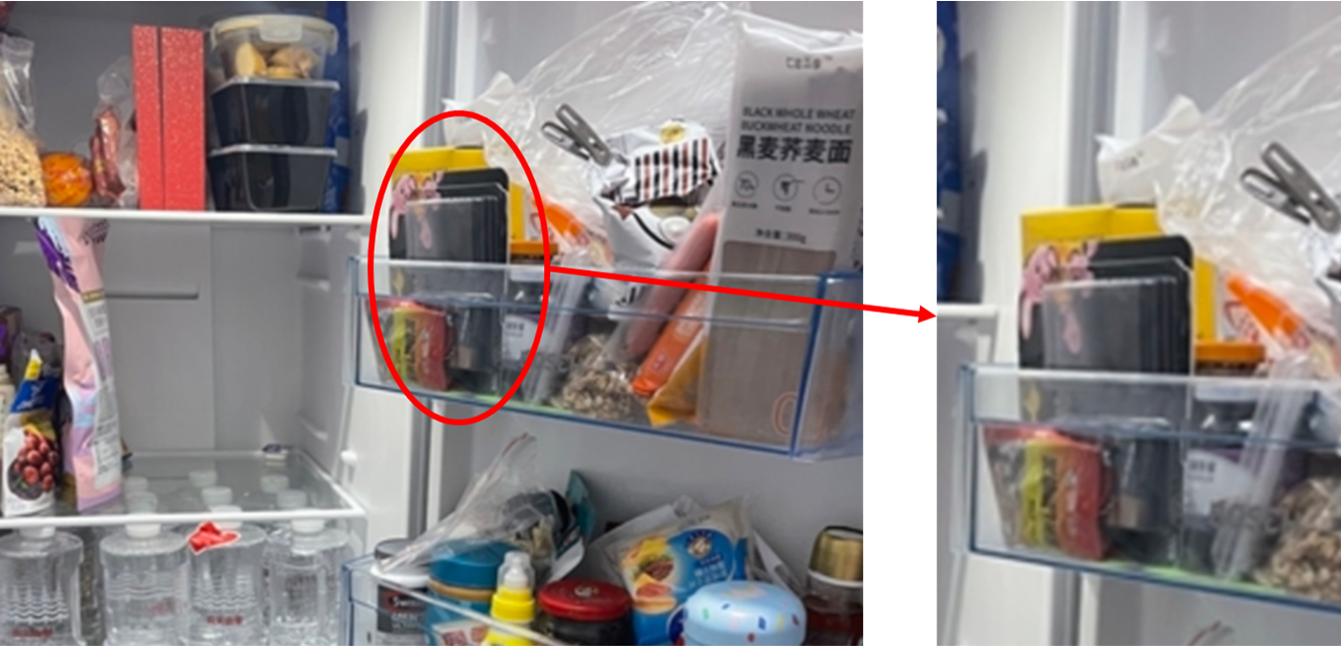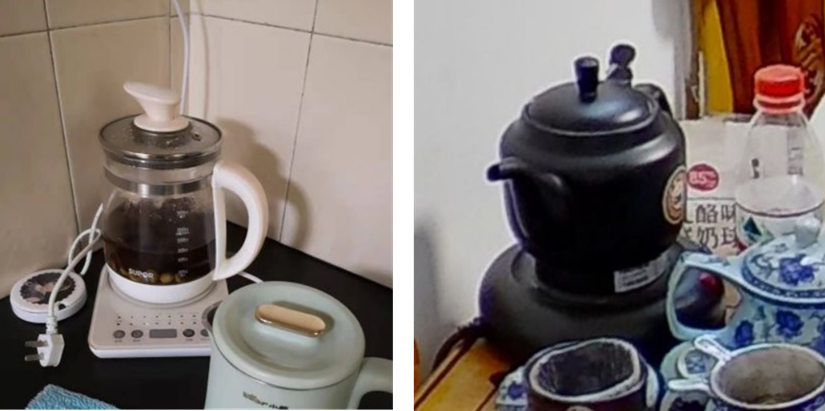[China&Vietnam: World Residence Tour] What is the secret of delicious acidity?
- Release date: Jul 31, 2022
- Update date: Sep 10, 2025
- 7065 Views
As the Yōjōkun states, “Summer calls for sour flavors.” Every summer, many people crave the refreshing taste of delicious sourness. Interestingly, this habit of consuming sour flavors exists not only in China, where health preservation is highly valued, but also in hot countries like Southeast Asia. How do these countries create delicious sourness? And how does it differ from Japan? This time, let's explore the secrets to delicious sour flavors in each country, straight from the kitchens of consumers in China and Vietnam registered with Consumer Life Panorama.
China's Use of Different Vinegars for Different Meals
China has a long tradition of using vinegar. As one of the seven necessities of life—“firewood, rice, oil, salt, soy sauce, vinegar, and tea”—vinegar plays a significant role in the daily lives of Chinese people. In traditional Chinese medicine, vinegar is also said to help remove dampness from the body. Beyond that, vinegar is widely used in Chinese cuisine for its effects in stimulating appetite, promoting beautiful skin, and relieving summer fatigue.
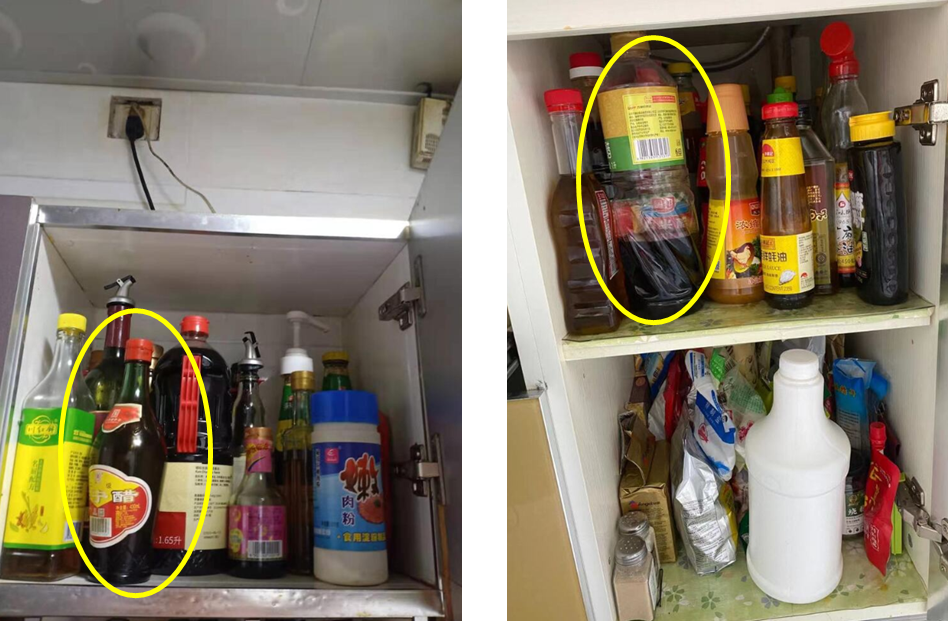
Vinegar always stored in Chinese kitchens (Left: CN_82, Right: CN_94)
(Source: Consumer Life Panorama)
What is Consumer Life Panorama?
This is a website-type database that has accumulated visual data on more than 1,000 sei-katsu-sha from 18 countries around the world. The database includes many 3D models of living environments and 2D data of items owned by each sei-katsu-sha, and is useful for understanding overseas sei-katsu-sha, which is difficult to grasp using only letters and numbers.
Using visual data such as those cited in this column,
Compare the differences in the attributes of overseas consumers
To get a realistic understanding of the actual usage of each category
To understand the overall lifestyle of target consumers
etc., can be utilized as a “no-go” home visit survey.

In Japan, when people think of vinegar used in cooking, they mainly imagine white rice vinegar. However, in China, there are not only light-colored vinegars like rice vinegar or white vinegar, but also darker-colored vinegars like aromatic vinegar and aged vinegar. Moreover, these darker-colored vinegars are actually used much more widely.
When it comes to vinegar, China boasts four renowned varieties: Zhenjiang Black Vinegar from Jiangsu Province, Shanxi Aged Vinegar from Shanxi Province, Baoning Vinegar from Sichuan Province, and Yongchun Aged Vinegar from Fujian Province. Each is crafted using methods suited to the local cuisine, resulting in distinct flavors and aromas. Based on production methods, vinegar can also be categorized into four types: white vinegar, rice vinegar, black vinegar, and aged vinegar.
White vinegar is primarily composed of acetic acid and water, giving it a clear color and a predominantly sour taste. This allows it to add acidity without altering the original color when stir-frying lightly colored vegetables or making soups. A representative dish is stir-fried julienned potatoes. Rice vinegar, primarily made from rice, has a slightly sweet flavor in addition to its acidity. This makes it effective for enriching the taste when used in lightly pickled vegetables. As the name suggests, aromatic vinegar refers to vinegar with a pleasant fermented aroma. Its color also appears darker than white vinegar. It's often added to dressed salads. Beyond providing a refreshing taste, its aroma enhances the overall flavor of the dish. It also pairs well with noodles, making it a common ingredient in dumpling dipping sauces and mixed noodles. Aged vinegar, due to its longer fermentation time, has a darker color and a pleasant aftertaste. While it's used in dumpling dipping sauces, it's also surprisingly used in dishes like “aged vinegar peanuts,” where peanuts are pickled in it, making them a popular snack with drinks.
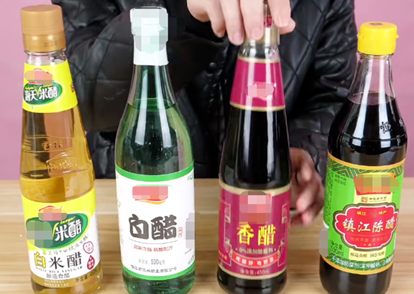
Types of Chinese Vinegar
Source: :Tencent
Furthermore, beyond vinegar, different regions may use alternative methods to impart sourness to the same dish. The most famous example is the renowned northeastern Chinese dish, pot-stirred pork (Gou Bao Rou). In Japanese, this translates to sweet-and-sour pork stir-fry, making its primary flavor profile sweet and sour. However, even within the same northeastern region, two distinct preparation methods exist. While vinegar is the mainstream choice in Heilongjiang Province, ketchup is more commonly used in Shenyang.
Vietnam: Harnessing Nature's Natural Acidity
In Vietnam too, it is recognized that sourness stimulates the appetite, and there is a custom of adding sourness to dishes. However, unlike China, the characteristic is to utilize natural sourness rather than using vinegar. The main ingredients used include lime, kumquat, tamarind, pineapple, and tomato.
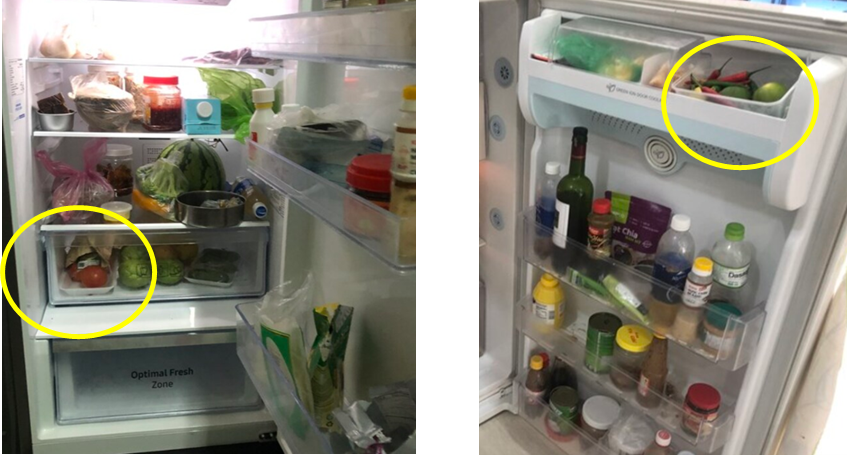
Tomatoes (left: VN_118) and limes (right: VN_122) in a Vietnamese household refrigerator
(Source: Consumer Life Panorama)
First, Vietnam is famous for its sour flavors, particularly a sour soup called canh chua. This is a specialty dish from the Mekong Delta region, where tamarind, pineapple, tomatoes, and other ingredients are used to make the broth. Its pronounced sourness makes it very popular.
When eating noodles, it's common practice to squeeze lime or calamansi juice into the soup. Lime is said to be a food that helps cool the body, making it quite popular in Vietnam. Beyond noodles, there's also the practice of eating chicken or shellfish with salt, pepper, and lime.
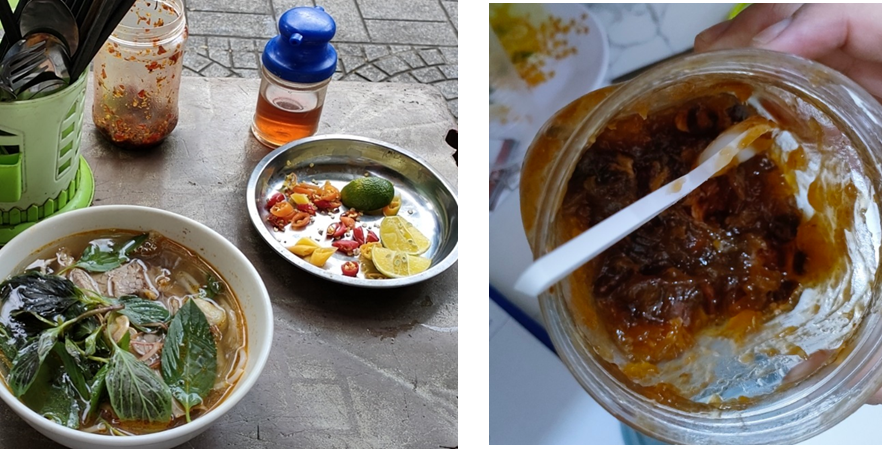
Lime used for noodles (left) and tamarind jam Source: Photographed by the author
Additionally, Vietnamese people enjoy sweet-and-sour flavors, and even their pickles feature a mild sourness balanced by sweetness. Beyond that, a popular Vietnamese drink for beating the heat involves turning tamarind into a jam-like paste, adding honey, diluting it with water, and packing it full of ice. In this way, each country has its own unique method for creating delicious sour flavors.
-

Author profile
Yang Yan
A Chinese researcher based in Japan, primarily reporting on the realities of overseas consumer lifestyles, with a focus on China. Enjoys adding lemon to whiskey.
-

Editor profile
Yusuke Tatsuda
Responsible for building the Global Market Surfer website. I'm great with limes, pomelos, and tamarinds, but I just can't handle Japanese mozuku seaweed.
 Global Market Surfer
Global Market Surfer CLP
CLP

